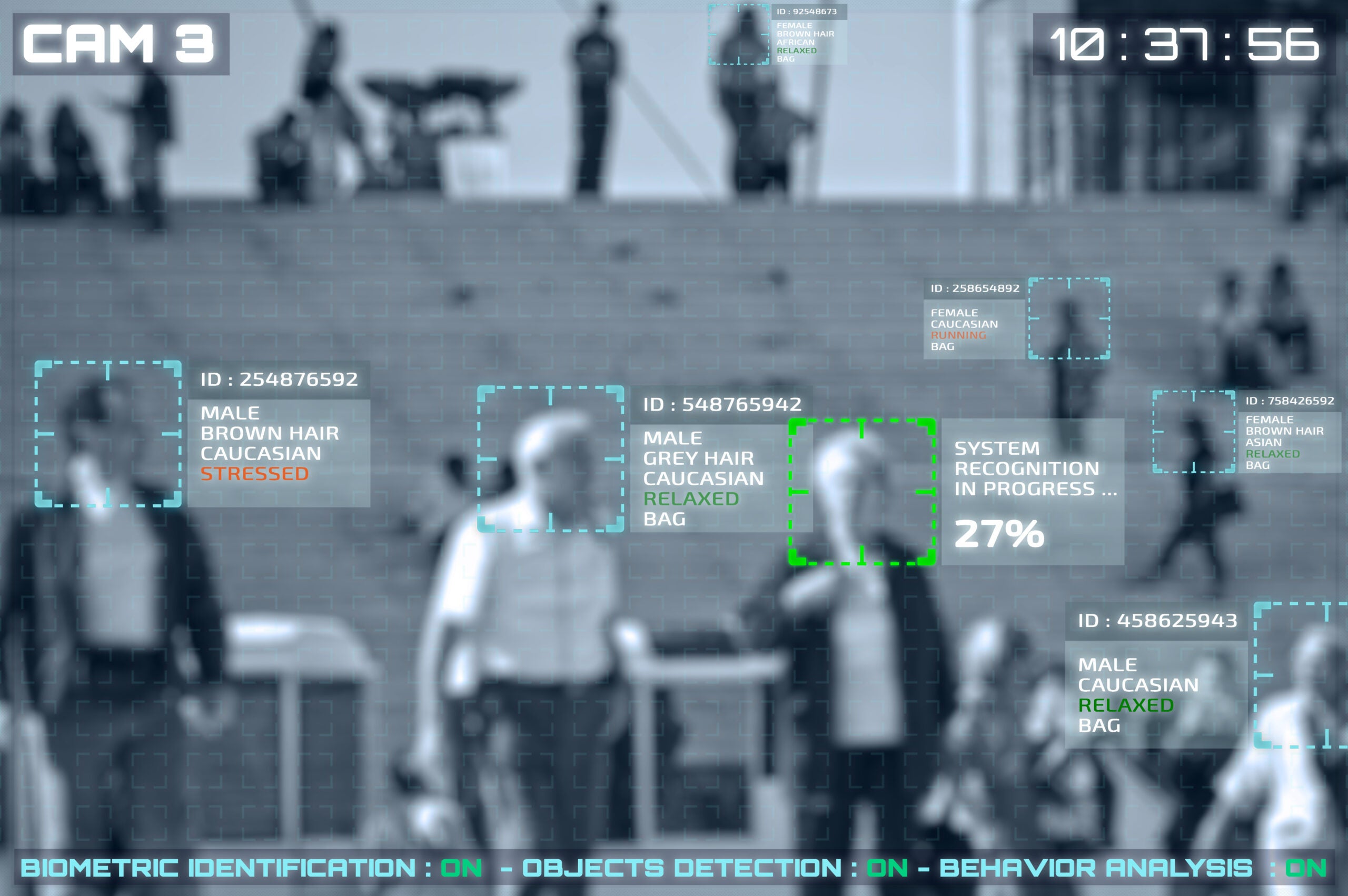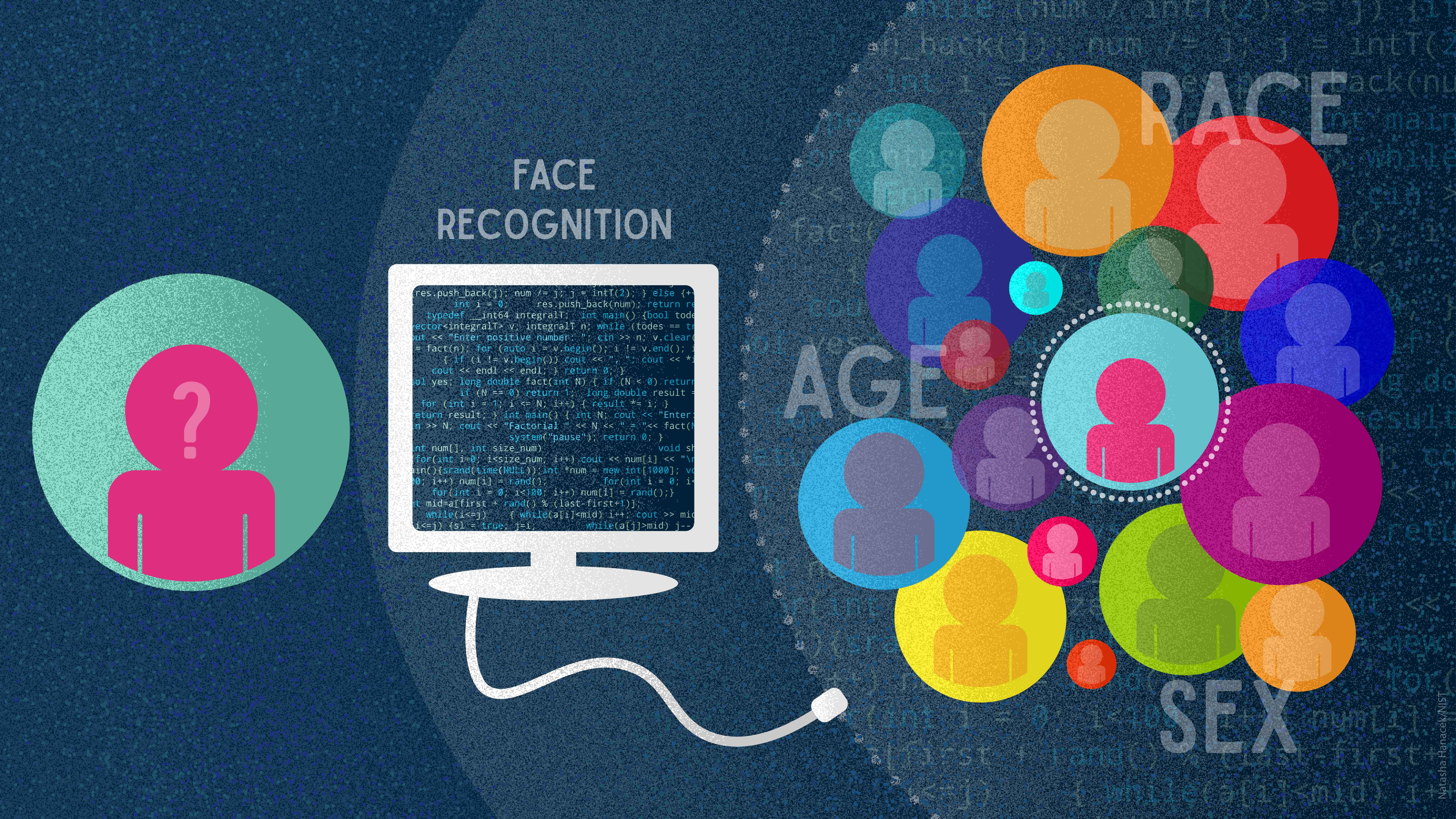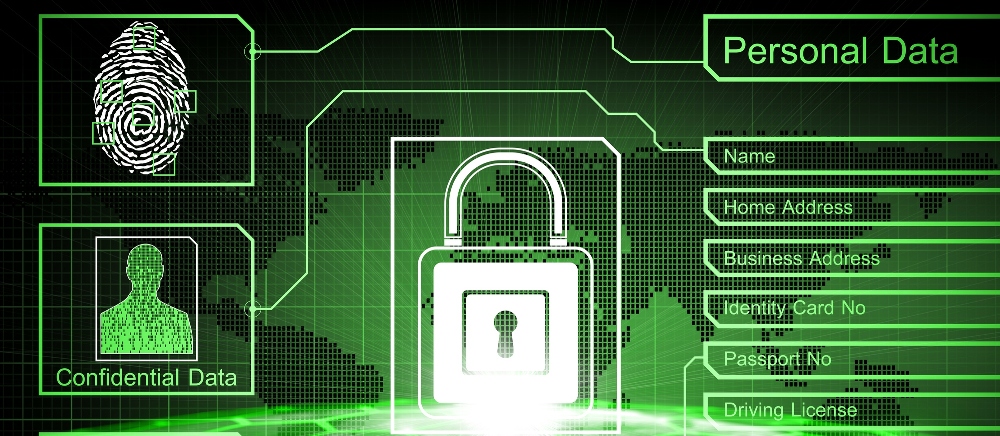
In the digital era, the collection and analysis of individual identifiers have become a focal point for both innovation and apprehension. This section delves into a critical aspect of modern surveillance, exploring how advancements in automated identification systems impact erase personal data online autonomy and data protection.
Unveiling the Complexities of Image-Based Authentication
As we navigate through a world increasingly reliant on digital interactions, the role of biometric verification grows more pronounced. Specifically, the technology that enables the automatic identification or verification of individuals through their unique physical attributes raises significant questions about confidentiality and the safeguarding of sensitive data.
Balancing Utility with Caution
While such systems offer unparalleled convenience and security in various applications, from law enforcement to access control, they also introduce new vulnerabilities. The potential for unauthorized access to these databases, coupled with the ethical dilemmas surrounding the collection and use of biometric data, necessitates a thorough examination of current practices and future implications.
The Rise of Facial Recognition Technology

This section delves into the mechanisms that underpin a sophisticated method of identification, focusing on the technical aspects that have propelled its growth. The discussion here aims to clarify how this tool operates, providing a foundational understanding for subsequent analysis of its broader impacts.
Mechanics Overview
At its core, this identification method relies on advanced algorithms to analyze and compare specific features from images or video footage. These algorithms are designed to extract unique patterns from the visual data, which are then used to match against a database of stored profiles. The process involves several stages, starting with the capture of the image or video, followed by preprocessing to enhance the quality of the data, and then feature extraction where the system identifies key characteristics.
Feature Extraction
Feature extraction is a critical step where the system isolates and quantifies distinctive elements such as the distance between the eyes, the shape of the nose, and the contour of the face. These measurements are then converted into a mathematical representation that can be efficiently compared with other entries in the database. This stage is crucial as it determines the accuracy and reliability of the subsequent matching process.
Matching Algorithms
The matching algorithms are the heart of the system, using complex mathematical models to determine the likelihood of a match. These algorithms calculate the similarity scores between the extracted features from the input data and the features stored in the database. The higher the similarity score, the more likely the input data matches a particular profile. These scores are then used to rank potential matches, with the highest-ranked result typically being the system's identification.
Understanding these mechanics is essential for evaluating the effectiveness and implications of this identification method. It provides a technical basis for discussions on its deployment across various sectors and its impact on societal norms and regulations.
Understanding the Mechanics of Facial Recognition
This section delves into the intricate workings of a sophisticated biometric identification method, shedding light on how it has evolved over time. The focus here is to explore the foundational principles and advancements that have shaped this technology into its current form.
Early Developments: Initially, the concept of identifying individuals based on their unique physical attributes was rudimentary. Early systems relied heavily on simple comparisons of key features, often with limited accuracy. The advent of digital computing significantly enhanced these capabilities, allowing for more complex algorithms and larger databases of facial patterns.
Algorithmic Advancements: Over the years, the core of this technology has seen substantial improvements. Advanced mathematical models, such as neural networks and machine learning, have been integrated to improve the precision and speed of identification. These algorithms analyze various aspects of a face, including the distance between the eyes, the shape of the cheekbones, and other distinguishing features, to create a unique facial signature.
Integration of Sensors and Cameras: The evolution of camera technology and sensor quality has also played a crucial role in enhancing the effectiveness of this identification method. High-resolution cameras and infrared sensors are now commonly used to capture detailed images, even in challenging lighting conditions, thereby improving the reliability of the system.
Data Storage and Processing: With the exponential increase in the amount of data collected, efficient storage and processing solutions have become imperative. Cloud computing and advanced data management techniques have enabled the storage of vast facial databases and facilitated real-time processing, making this technology more accessible and efficient.
In conclusion, the mechanics of this biometric identification method have evolved from simple feature matching to sophisticated, algorithm-driven processes. The continuous integration of new technologies and methodologies ensures its ongoing development and adaptation to meet the needs of various applications.
Historical Context and Evolution of the Technology

This section delves into the chronological progression and maturation of a biometric modality that has significantly impacted various industries. Beginning from its rudimentary inception, this analysis traces the path of development that has led to its widespread integration across multiple sectors.
Initially, this form of biometric identification was primarily a subject of academic interest and research. Early experiments were limited in scope and accuracy, often requiring subjects to be in controlled environments. Over time, advancements in computing power and algorithmic sophistication have transformed this once niche application into a robust tool used globally.
The evolution of this technology can be segmented into distinct phases. The first phase was characterized by basic pattern matching techniques, which were largely experimental and lacked practical utility. The second phase saw the introduction of more complex algorithms that improved accuracy and reliability, making it suitable for limited commercial applications.
Subsequent phases have witnessed the integration of machine learning and artificial intelligence, significantly enhancing the capability of this technology to adapt and improve over time. This has been pivotal in expanding its applicability to diverse fields such as security, finance, retail, and entertainment.